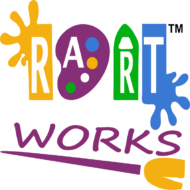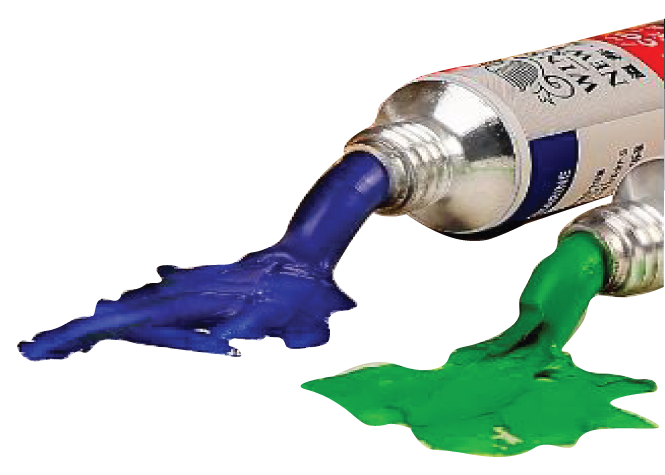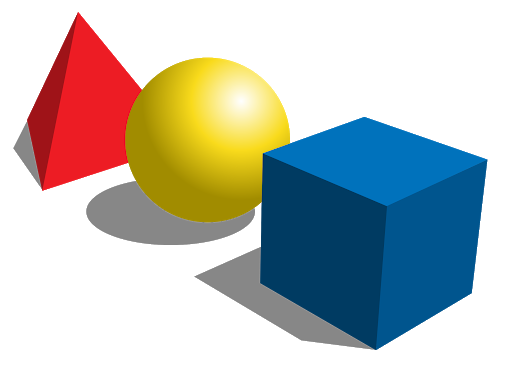Kids Drawing & Painting Curriculum (4-15 years)
Oil Pastels
Oil pastels are easy to use, and they’re not just for kids, however, kids drawing painting classes always help them to create the base stronger and let them learn the higher levels of painting with ease
There’s a learning curve a drawing done in oil pastel usually needs a little
development to look good, easy to control, therefore perfect for artists of all ages and skill levels.
Their particular composition and versatility allow for amazing effects, gorgeous textures.
BEGINNER’S GROUP
Learning the basic shapes drawing with coloring,in this group student will be introduced to different drawings but within the space of the following shapes.
Topics Covered
- Circle – Clock, Sun, Chapatti, Plates & dishes etc.
- Sphere – Planets, Balls, Fruits & Vegetables etc.
- Hemisphere – Fruits etc.
- Square – Cushions, Kites, Boxes etc.
- Rectangle – Envelopes, Cards, Trunks etc.
- Triangle – Stars, Christmas Triangle etc.
- Cone – Ice-cream Cones & Birthday Caps.
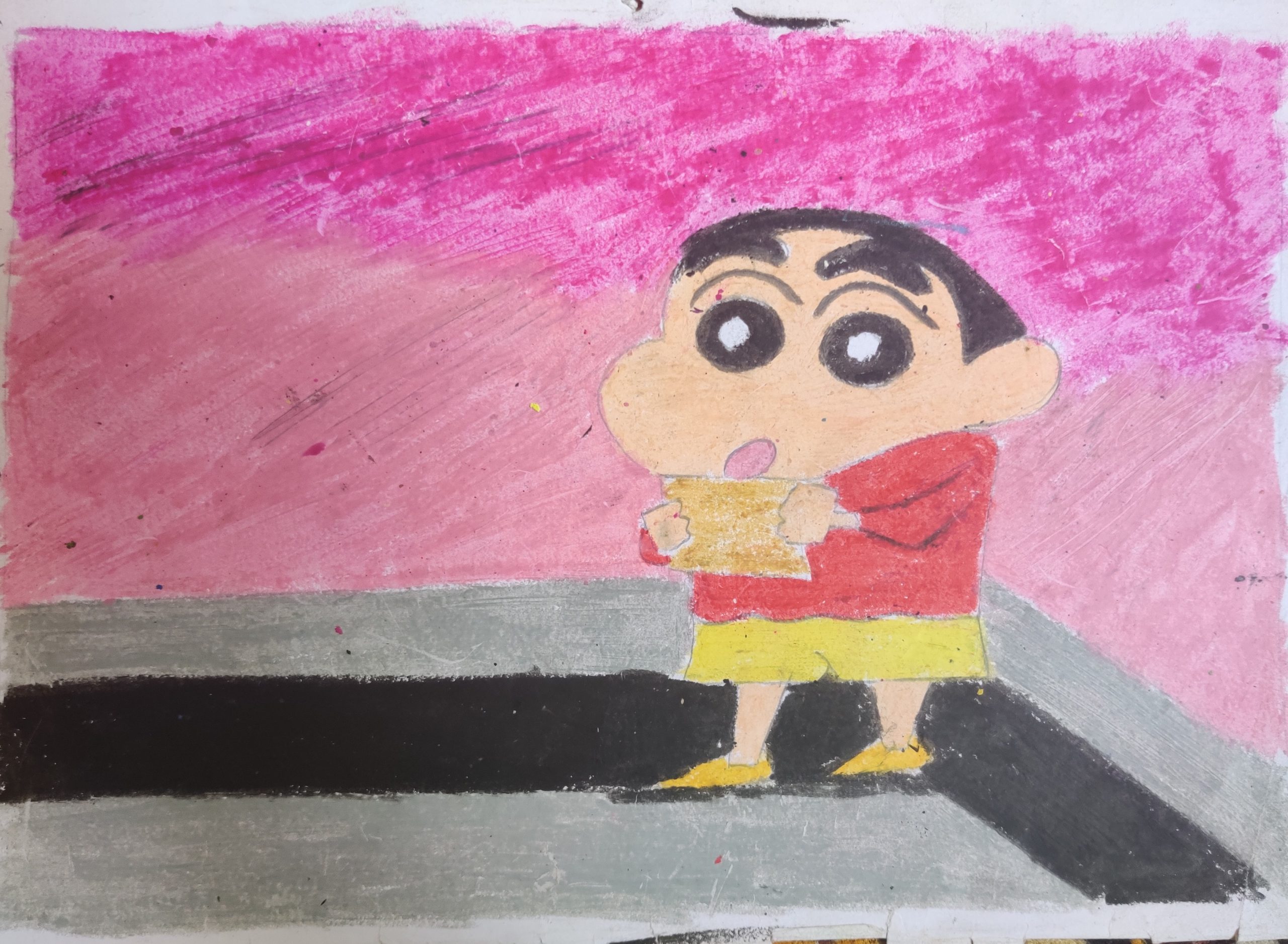
SMUDGING GROUP
Now no longer kid need to focus on shapes here student starts tracing dotted sheet.Then color and mix different oil pastels to finally finish the art work.
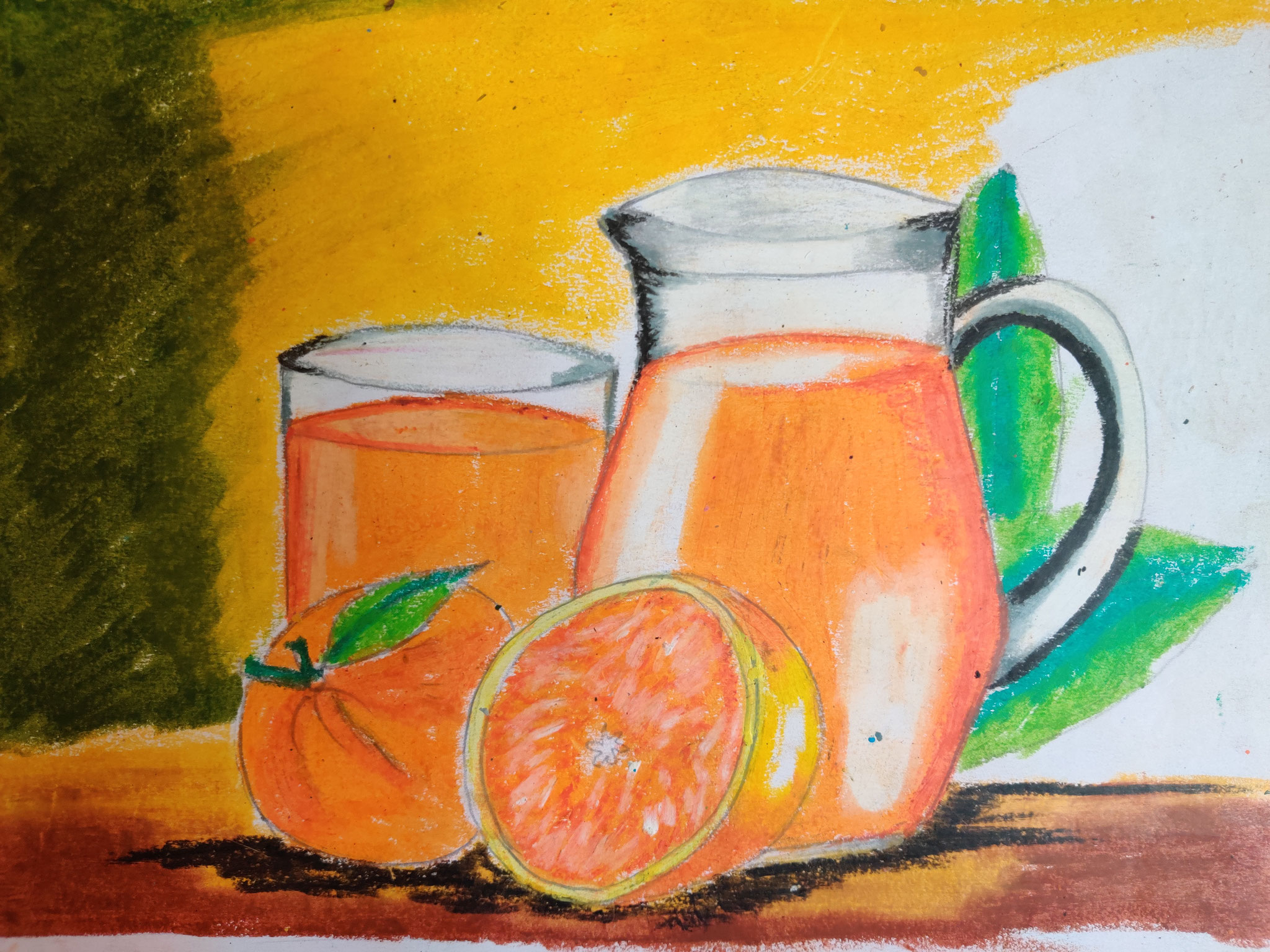
BASIC GROUP
Once the Artist have a good hand control, step by step drawing to be taught in this group.Note : Regular Homework will help artist to improve their overall ability to draw better.
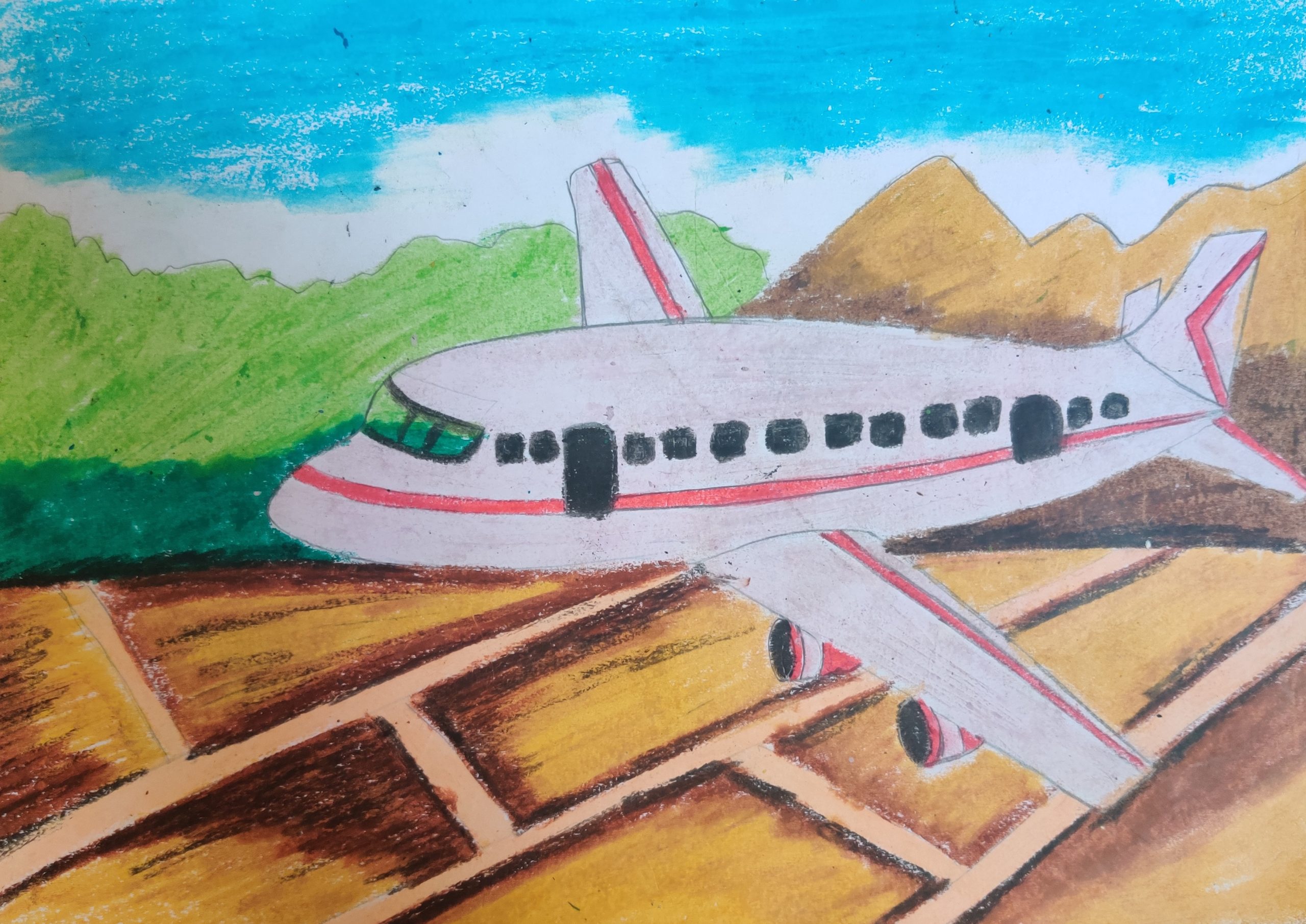
ENHANCED GROUP
Here, single step is discarded. Doing more steps at a time helps to understand complex drawings in higher level. Here artist will be doing their art independently. Because, they will have good understanding of colors.
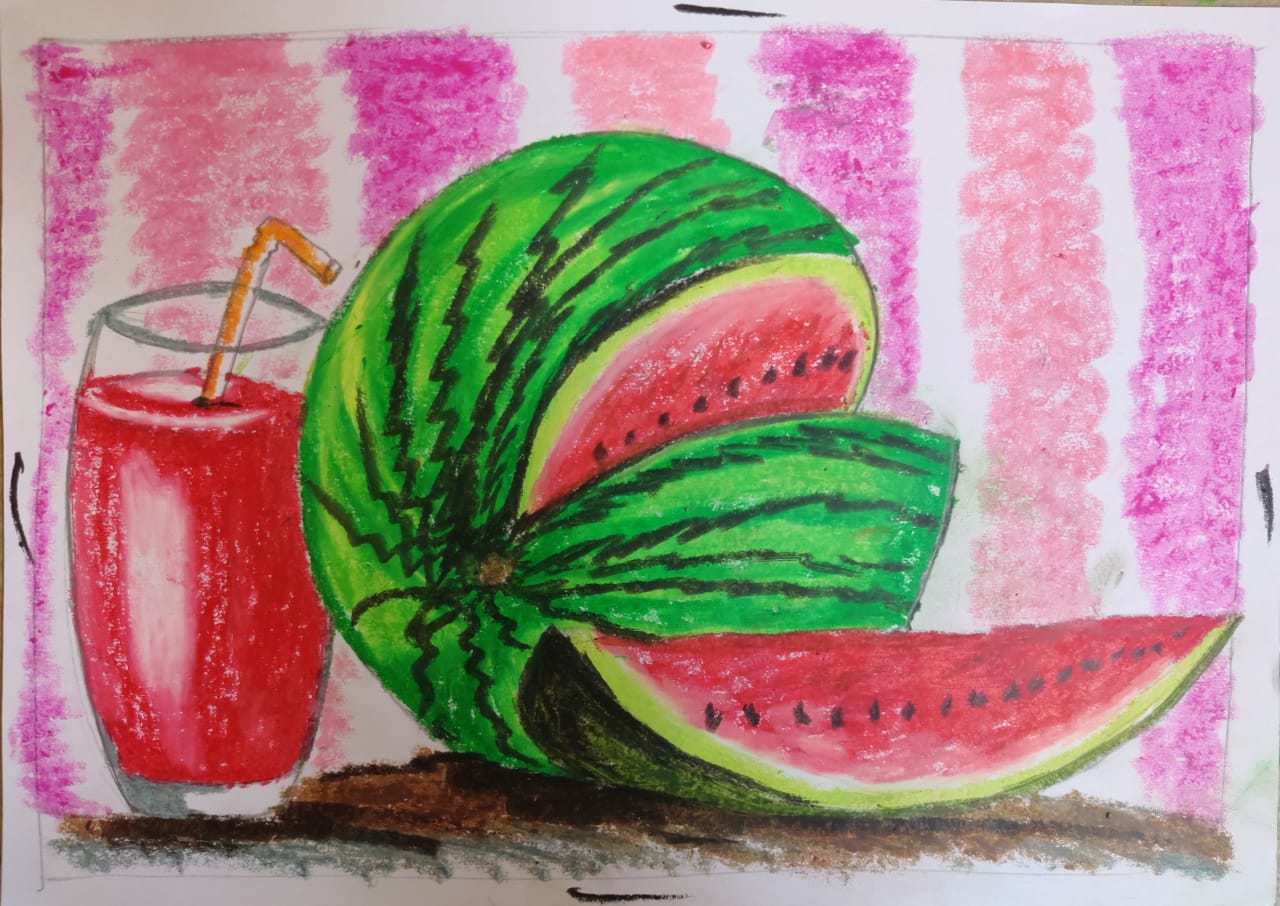
Color Pencils
As name suggests shading with color pencils. In addition, using techniques like dark to light & light to dark and D-L tick. Understanding light effect. More complex drawing will be introduced.
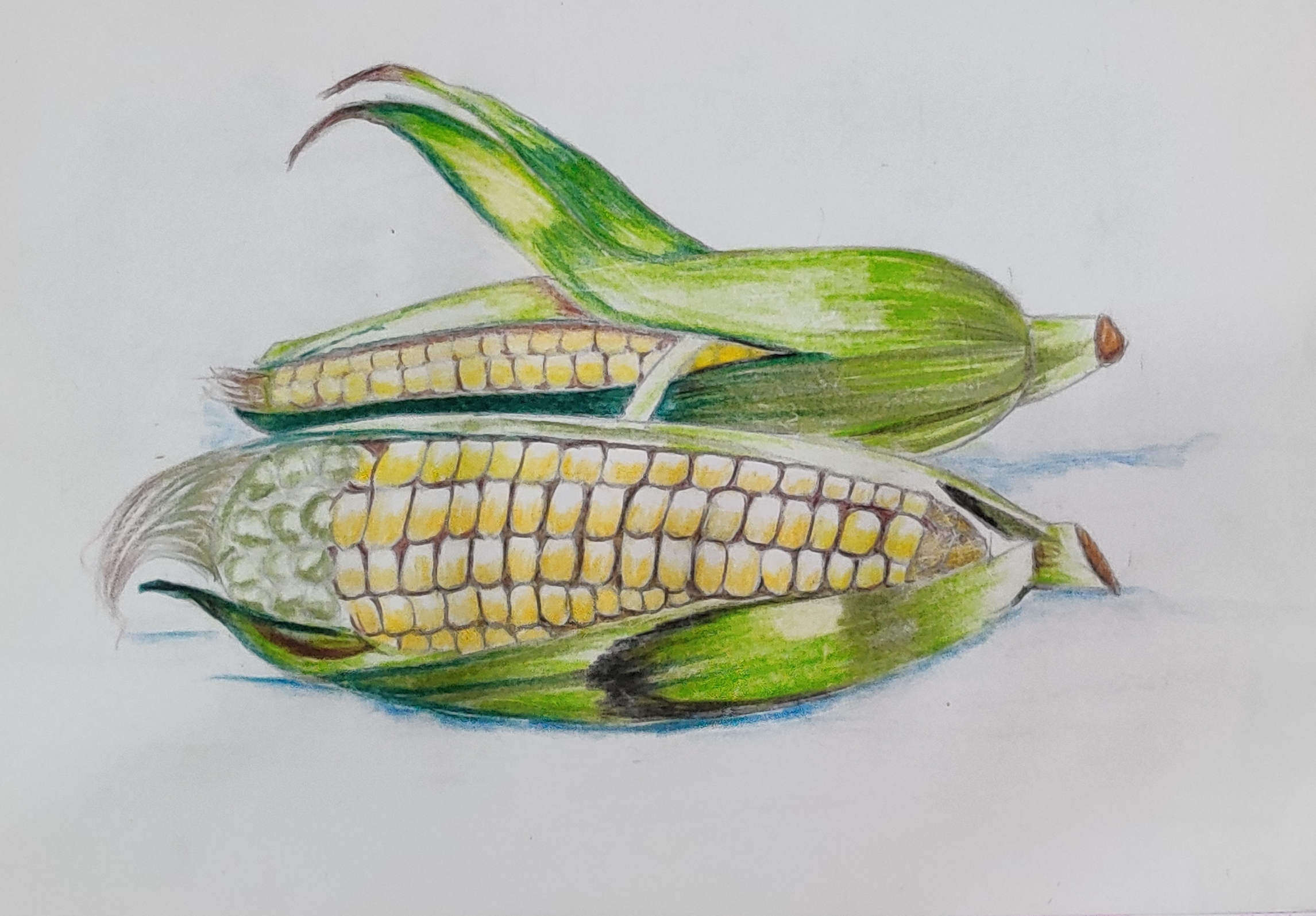
Pencil Sketching
To start pencil art learning, your first step to successfully do pencil shading is to control the movement of your pencil, shading anything and using different types of techniques such as hatching, cross-hatching, scribbling, Tick marks, and a lot more.
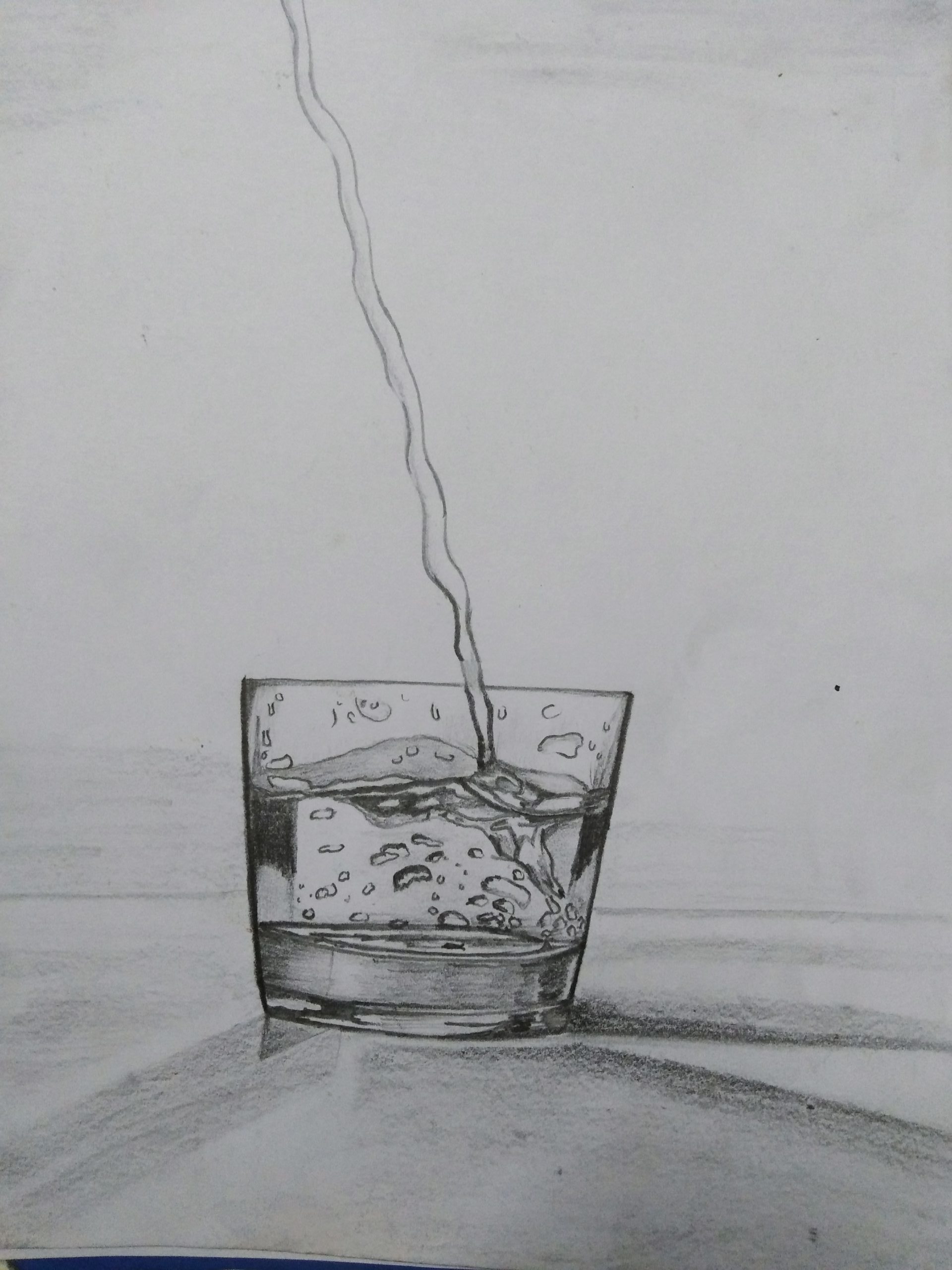
PENCIL Shading
Using pencils and art techniques such as hatching , cross hatching ,stippling, blending, dark to light and D-L tick marks pencil shading is done here.Therefore, each technique produces a different texture and “feel” to the drawing.
Topics Covered
- Scenery
- Vehicles
- Still life
- Birds
- Animals
- Flowers
PORTRAIT
Portraits are those art works that record the resemblance of humans or animals that are alive or have been alive.Therefore, the word portraiture is used to describe this category of art. The session will start from the basic of eyes, nose, lips/mouth, ears.
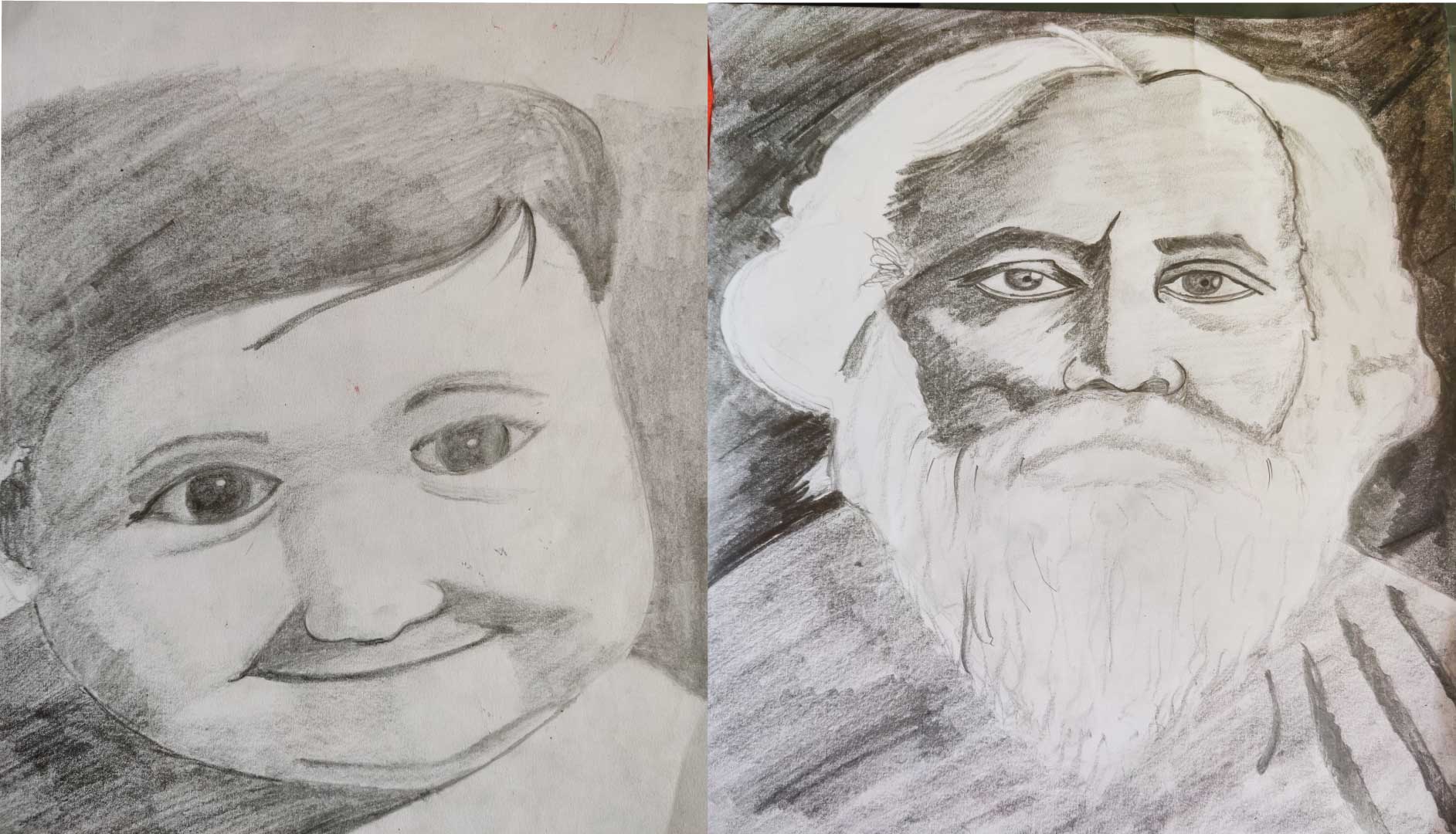
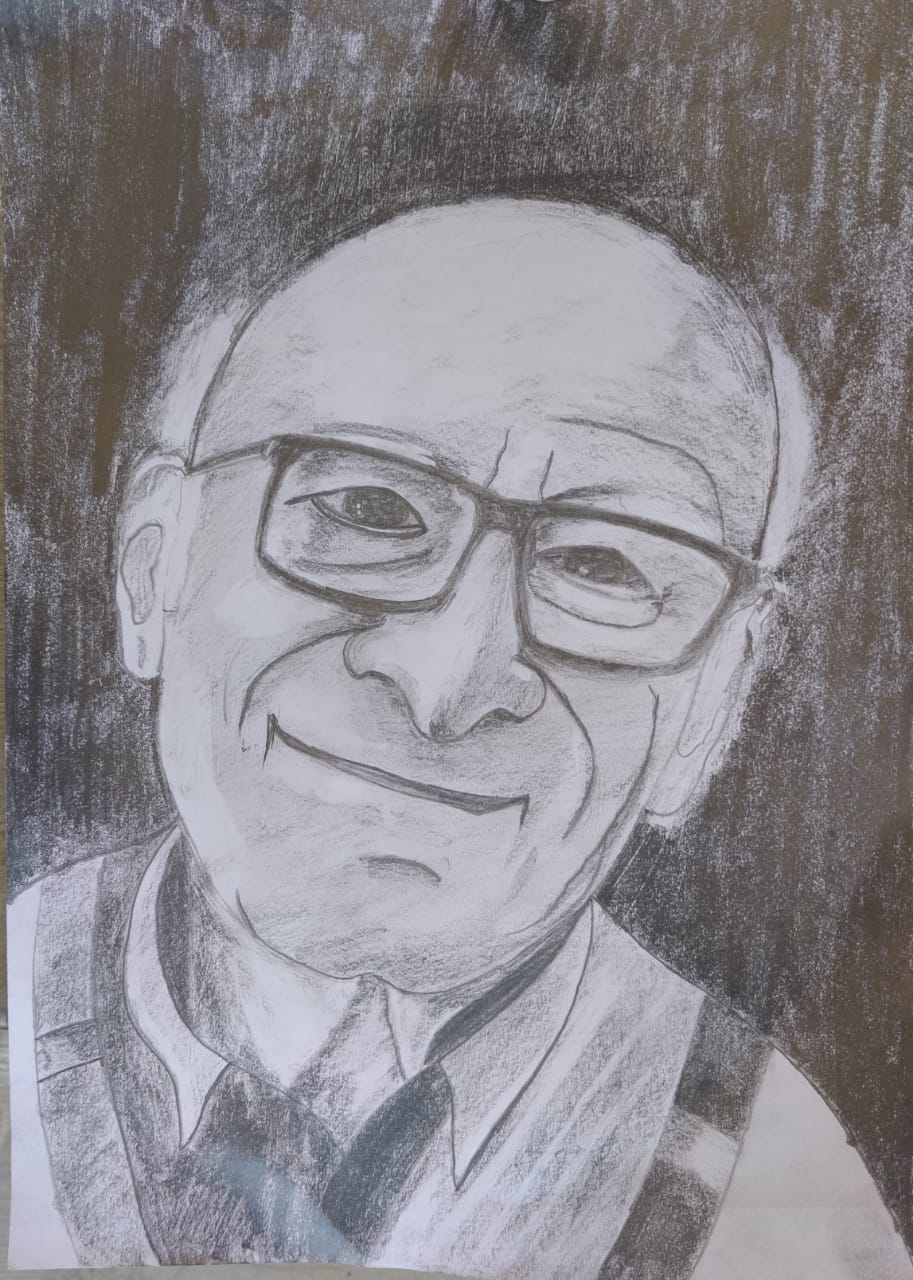
Painting On Canvas
Painting is the practice of applying paint, pigment, color, or another medium to a solid surface.
Therefore, the medium is commonly applied to the base with a brush, but other implements, such
as knives, sponges, and airbrushes, can be used for the artwork.
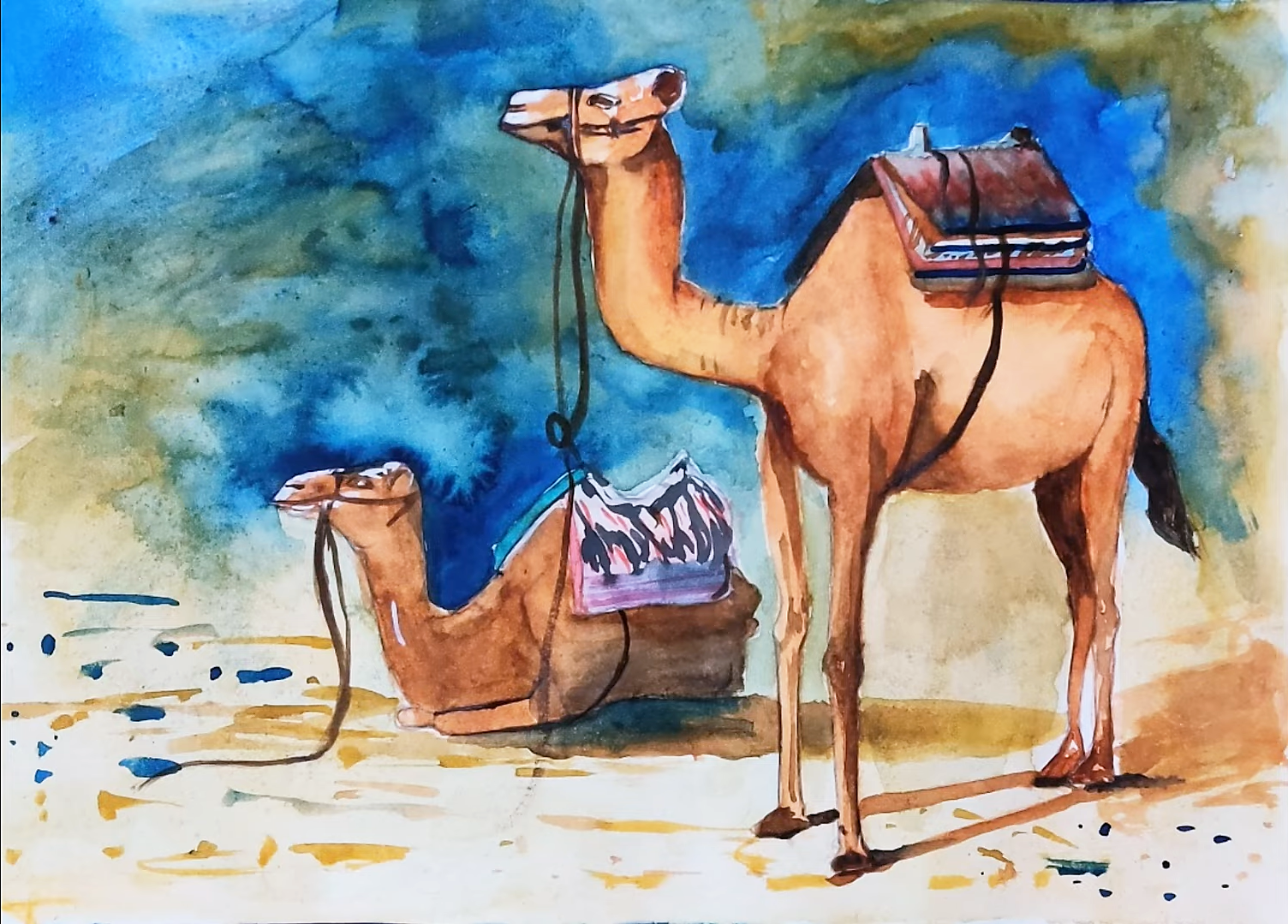
WaterColor
The process of painting with pigments that are mixed with water. A painter uses watercolor painting techniques like washes, wet on wet, wet on dry, dry on wet, and dozens of other techniques to achieve textural effects.
Topics Covered
- Basic of watercolor techniques (wow,wod,dow)
- How to set up watercolor palette
- Watercolor wheel
- Mixing of colors
- Landscape paintings
- Building paintings
- Still life
- Birds
- Animals
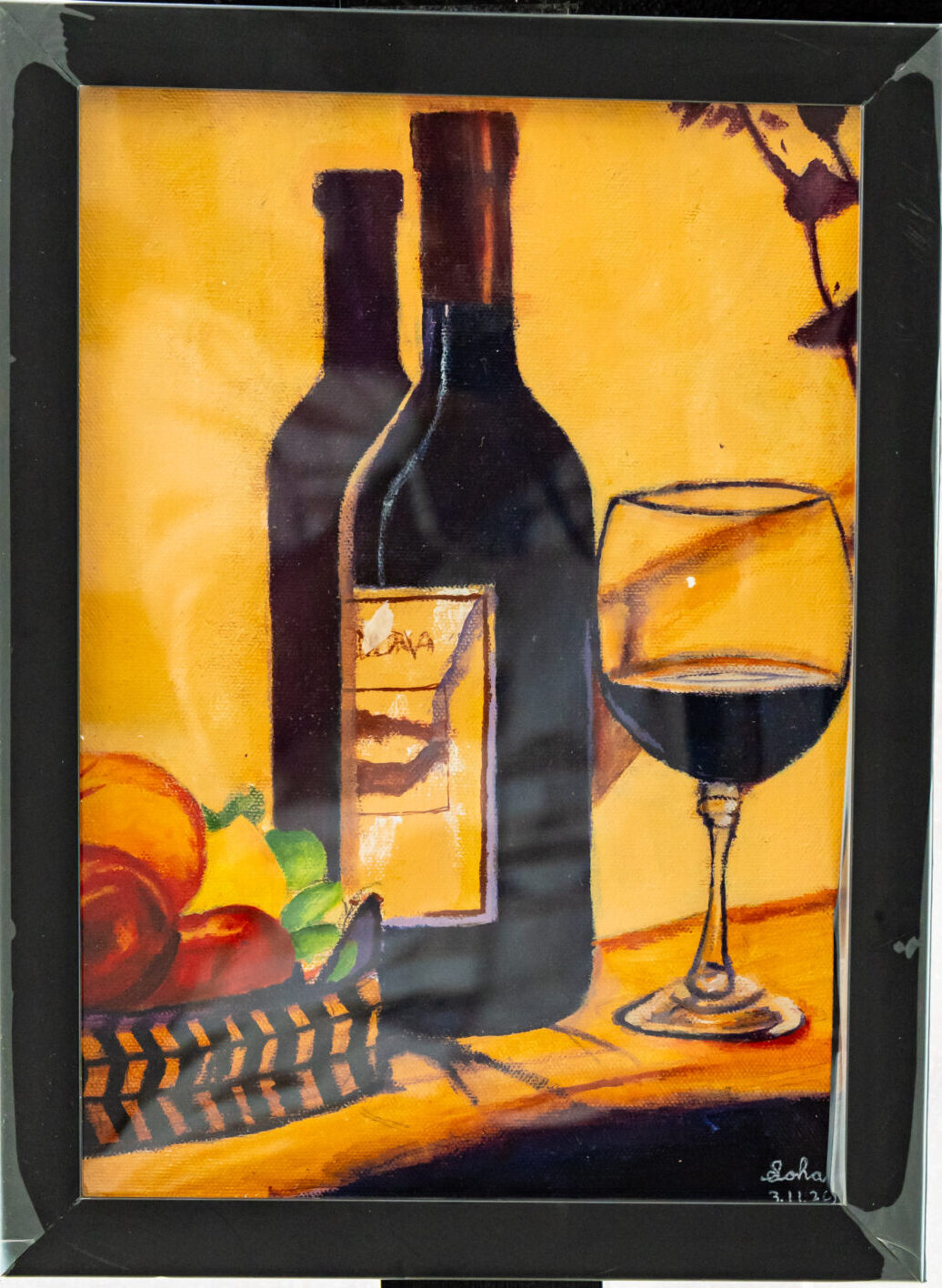
ACRYLIC PAINTING
It is a fast drying paint. Acrylic paints can be diluted with water, However become water-resistant when dry.
Topics Covered
- Basic techniques of acrylic painting
- Color theory
- Acrylic painting in Black & White
- Landscape painting sketch from nature
- Still life painting
- Building paintings
- Own imagination drawing

Oil PAINTING
The process of painting with pigments with a medium of drying oil as the binder commonly used drying oils include linseed oil, poppy seed oil, walnut oil,and sunflower oil. above all, choice of oil impacts range of properties to the oil paint, such as the drying time of paint.
Topics Covered
- Different techniques of oil painting.
- Still life painting
- A painting from Photograph or Picture
- Live painting sessions.
